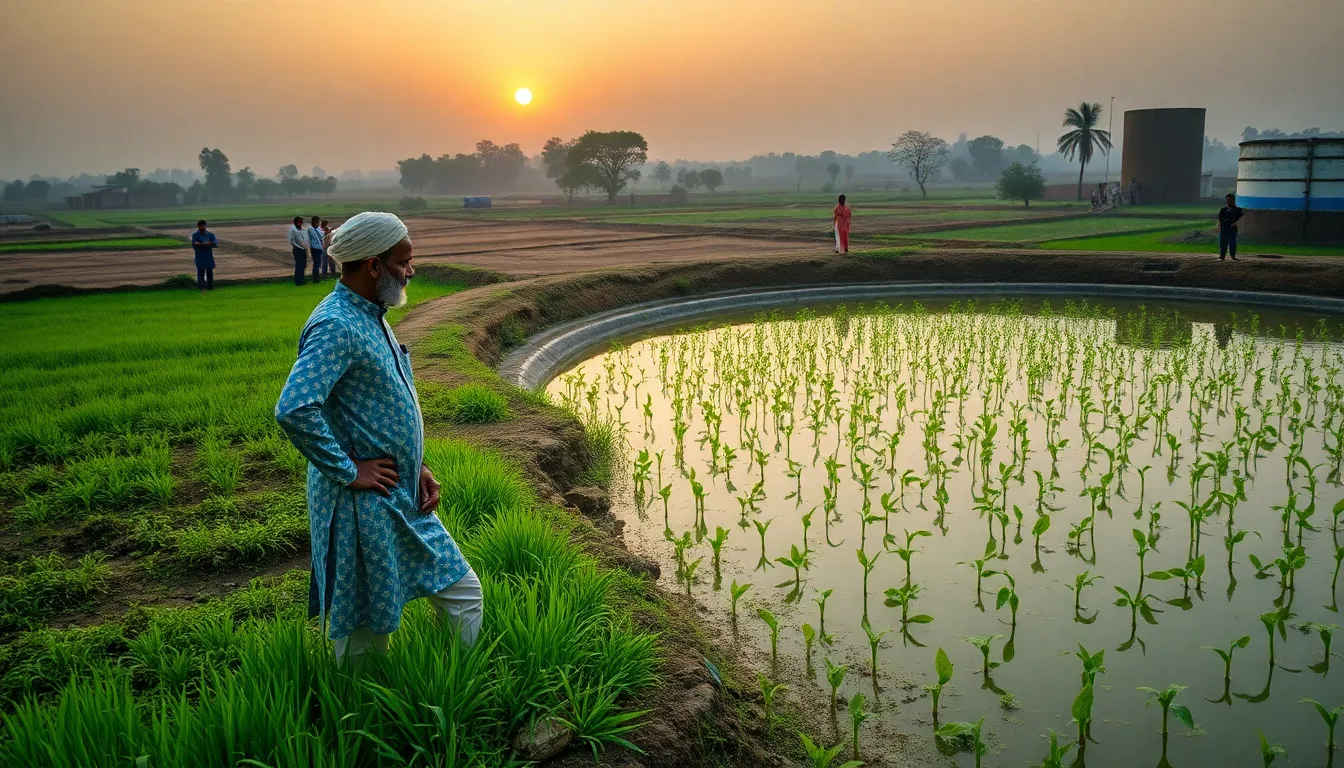Gujarat has experienced heavy rainfall this year, leading to significant changes in the water levels of its reservoirs. As of now, ten reservoirs in the state are completely full, reaching 100% capacity. These include locations in Amreli, Surendranagar, Jamnagar, Kutch, and Bhavnagar. Due to this situation, a high alert has been issued in these areas.
In addition to the ten fully filled reservoirs, 29 others are reported to be between 70% to 100% full. This information was provided by the Water Resources Department in Gandhinagar. The overall water storage in the state’s 207 reservoirs stands at 45.01%. This includes the Sardar Sarovar Dam, which currently holds 50.15% of its total capacity.
Last year, on the same date, the water level was considerably lower at 38.26%. This year’s ample rainfall has greatly improved the water situation across the state.
Breaking down the figures further, the Saurashtra region has 141 reservoirs, with an average of 48.15% water storage. Central Gujarat’s 17 reservoirs hold 43.80%, while southern Gujarat’s 13 reservoirs have 42.03%. Northern Gujarat’s 15 reservoirs are at 33.10%, and Kutch’s 20 reservoirs have 28.72%.
Out of the total reservoirs, 25 are between 50% to 70% full, 61 are between 25% to 50%, and 82 reservoirs contain less than 25% water.
The current inflow of water into these reservoirs is significant. The Sardar Sarovar is receiving over 18,000 cubic meters per second (cusecs) of water. Other reservoirs like Daman Ganga and Vantli are also experiencing high inflow rates, with around 16,000 and 13,000 cusecs respectively.
The Gujarat government, under the leadership of Chief Minister Bhupendra Patel, is actively working on various water conservation initiatives. Programs like the ‘Sujalam Sufalam’ and ‘Nal Se Jal’ are aimed at improving water management in the state. The Prime Minister, Narendra Modi, has also launched the ‘Catch the Rain’ initiative which the state is implementing through its own projects.
These efforts are crucial for ensuring water availability in Gujarat, especially during dry seasons. The improved storage levels in reservoirs can help support agriculture and drinking water supply, which are vital for the state’s population.
The heavy rains and the resulting full reservoirs bring hope for better crop yields this season. Farmers are optimistic as they prepare for the planting season, knowing that water resources are more plentiful than in previous years.
As Gujarat continues to manage its water resources, the government remains committed to achieving self-sufficiency in water supply through sustainable practices and innovative solutions. This proactive approach is essential for tackling the challenges posed by climate change and ensuring a stable water supply for the future.


Leave a Reply